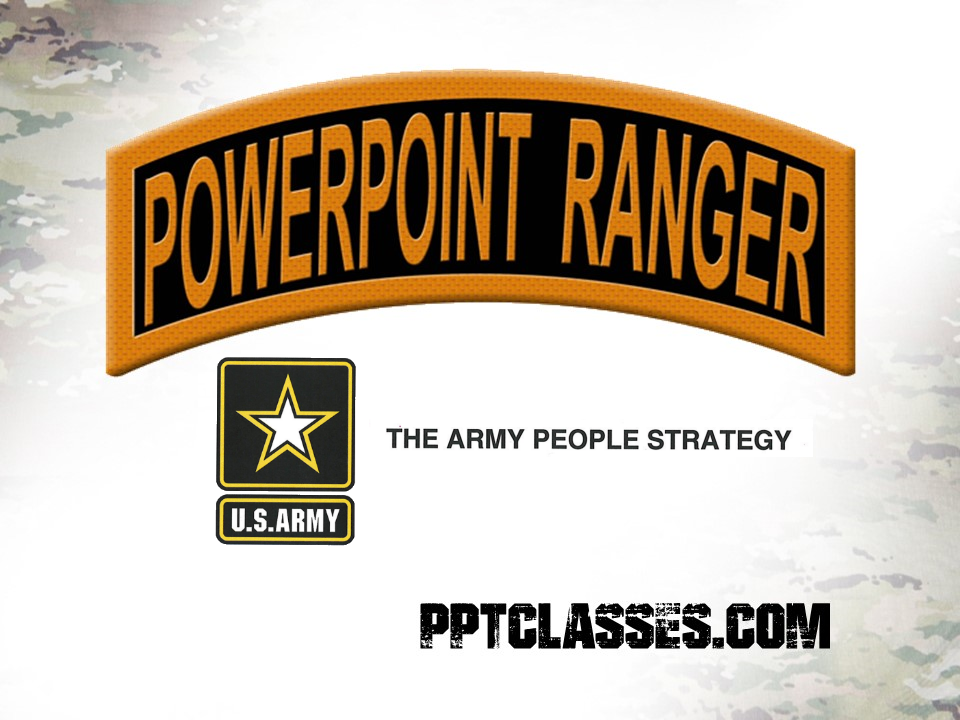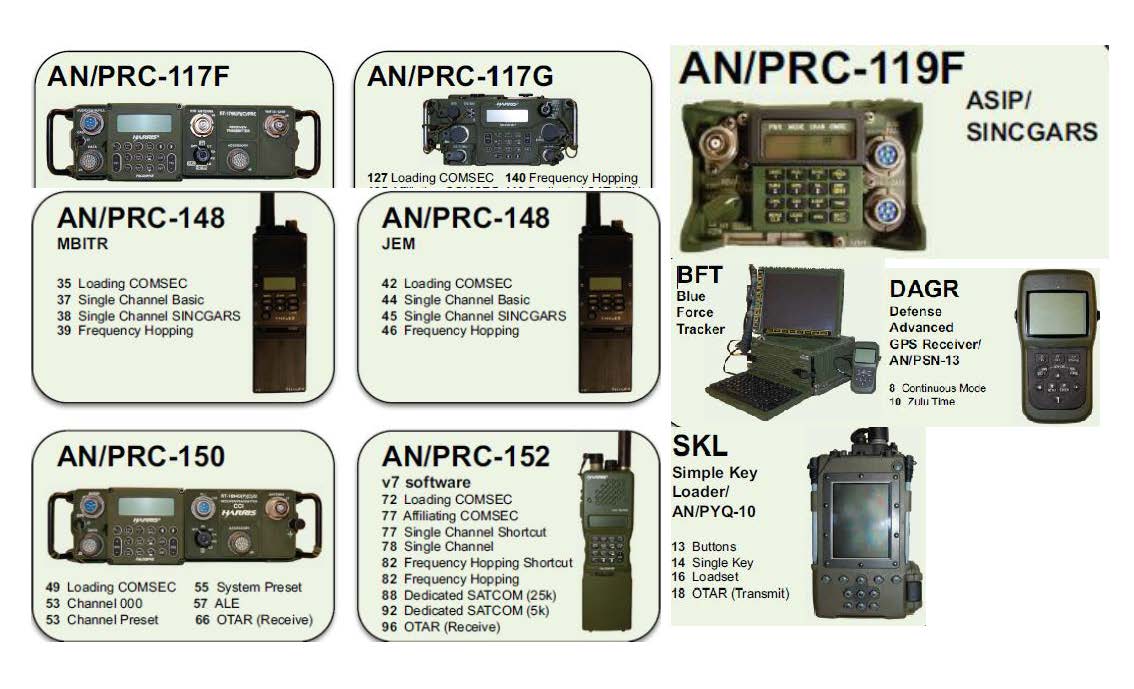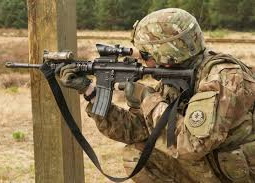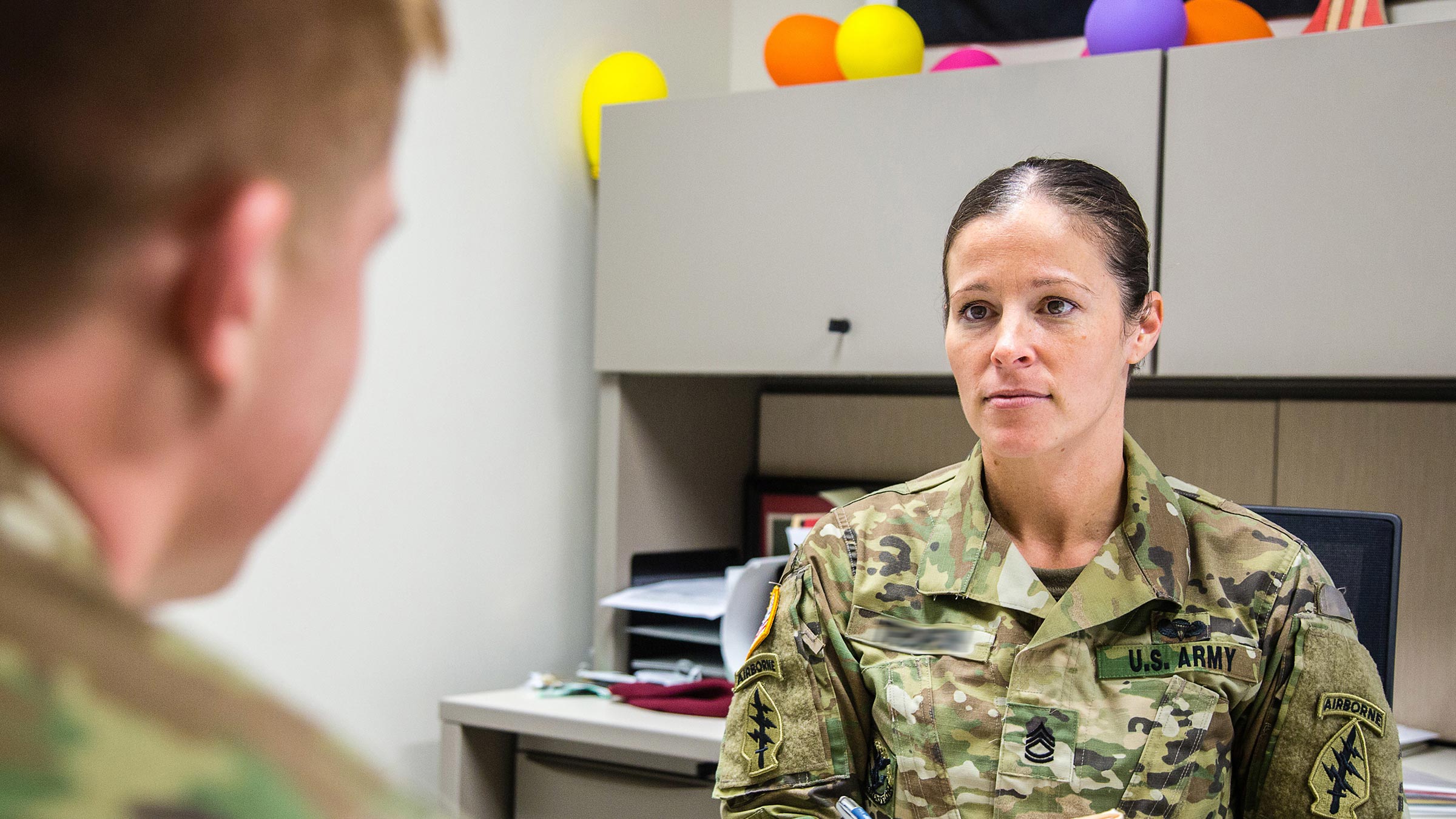The Army Talent Alignment Process (ATAP) is enabled by AIM 2.0, moves the force forward to gather information about every officer’s knowledge, skills, behaviors, and preference (KSB-P).
Blog
Soldiers are authorized to mix and match T-shirts, belts, and boots with either the Operation Enduring Freedom Camouflage Pattern or the Operational Camouflage Pattern during the transition period – expected to run through Oct. 1, 2019. To further ease the change, Soldiers, who already have Flame Resistant ACUs in the Operational Enduring Freedom Camouflage Pattern, will be authorized to wear them during the transition. the Army officially announced that OCP uniforms would be available in US Army clothing sale stores 1 July, 2015. They also released these slides which detail how the uniforms are to be worn. The information is in line with the draft ALARACT we recently spoke about except they’ve relented on headgear for the OCP variants which can now be worn with the MultiCam or Scorpion versions. You really need to go back and read the draft ALARACT story if you want to get in the weeds… read more
One of our users over at PPTClasses.com submitted this radio “cheat sheet” as a submission to gain them free access to the site, it was so handy that we accepted it and decided to share it here on Powerpoint Ranger in our free content sandbox.
Tactical Operations Center (TOC) The TOC serves as the unit’s command and control hub, assisting the commander in synchronizing operations. The TOC is the location where the majority of the planning, staff coordination, and monitoring of key events occurs. The personnel manning the TOC are responsible for ensuring that all resources are in the right place at the right time. They must function efficiently and effectively as a team in a fast-paced, unforgiving environment – this is no simple task for an inexperienced staff officer or NCO to accomplish. Each member of the TOC must understand the overall function of the TOC and how they individually and collectively contribute. TOC Functions Current manuals provide little detail on the specific doctrinal methods of running a Tactical Operations Center (TOC). However, there are six basic TOC functions which we will focus on: Receive information. Distribute information. Analyze information. Submit recommendations to the commander…. read more
RIFLE RANGE SAFETY BRIEFING for Saftey Officer or Safety NCO on the day of the range to firers as they are preparing to fire
Listening is one of the most important skills you can have. How well you listen has a major impact on your job effectiveness, and on the quality of your relationships with others.
It’s just software guys, it cant really be that bad, right?
Briefings are the most efficient and common means to present information to commanders, staffers, Soldiers, or other specified audiences. You conduct briefings when your listeners need information quickly, when they can get together conveniently, and when they need to decide how to act on that information. Briefings are often preferred to written or even electronic communication because they are direct, immediate, and interpersonal. When lives may be at stake and units must carry out the right decisions, most decision-makers prefer the immediate physical setting of the military briefing. While this guide focuses on the development of briefing skills for leaders, you must keep in mind that communication is a two-way process. The speaker has a responsibility to clearly present the material, and this involves knowing the needs and expectations of the audience. But the listener also has responsibilities—not only to listen, but to provide feedback to the speaker to confirm… read more
The purpose of the decision briefing is to obtain an answer or a decision. Personnel in higher headquarters use this briefing for most tactical matters requiring command decisions. In division headquarters and below, personnel often use a more informal modified decision briefing. The decision briefing compares to an oral staff study and generally follows the same format.
ATTP 5-0.1, Chapter 10 An information briefing presents facts in a form the audience can easily understand. It does not include conclusions or recommendations nor does it result in decisions. The following format works well for an information briefing. 1. Introduction Greeting. Address the audience. Identify yourself and your organization. Type and Classification of Briefing. Identify the type and classification of the briefing. For example, “This is an information briefing. It is classified SECRET.” Purpose and Scope. Describe complex subjects from general to specific. Outline or Procedure. Briefly summarize the key points and general approach. Explain any special procedures (such as demonstrations, displays, or tours). For example, “During my briefing, I will discuss the six phases of our plan. I will refer to maps of our area of operations. Then my assistant will bring out a sand table to show you the expected flow of battle.” The key points may… read more




